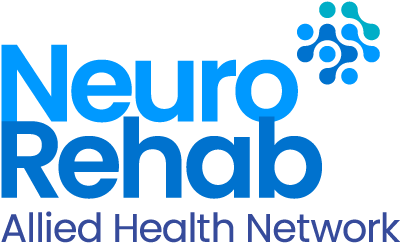Finding strength in reflection
Gabe’s story
At 56, Gabe is more active than most.
Gabe has always built his life around movement and has always pushed his body to its limits. In 2006, at the age of 37, Gabe’s life took an unexpected turn. After experiencing a stroke, and later being diagnosed with Multiple Sclerosis, he was forced to rethink everything he thought he knew about strength.
In a mid-morning phone call, after agreeing to share his story, Gabe launches into the narrative of his life with an ease that many of us would envy. It is immediately clear that he has a strong sense of emotional intelligence and self-reflection and that he speaks with a lifetime of resilience behind him.
Understanding the connection between mind and body
After his stroke and MS diagnosis, Gabe spent years exploring the deep connection between his body, mind, and emotions.
Gabe grew up in an environment where emotions weren’t often acknowledged. He spent his younger years “trying to make sense of a world where adults didn’t have the emotional intelligence to regulate their own life.” Without a framework for processing difficult experiences, he did what many do, he kept going. He pushed forward, trained harder, buried stress, and ignored the weight of some intense childhood experiences...
“I feel as though sometimes humans have lost their way in not being able to understand a certain dimension of our reality; and our emotional side needs to be given more focus.”
For Gabe, recognising this connection was a turning point. It allowed him to view his rehabilitation as more than just a physical process, he began to see it as a chance to rebuild himself in a more holistic way.
A different approach to recovery
For Gabe, rehab hasn’t been just about regaining movement, it’s been about redefining what it means to heal.
“Some therapists work solely on the mechanics of movement, while others also acknowledge the mental and emotional toll of my condition in rehabilitation”. Gabe says that ‘having that balance within [his] therapy team has made all the difference.’ Having a space where he feels understood has been invaluable especially when, outside of therapy, he often faces a different reality.
“One of my biggest struggles isn’t my disability itself, it’s being misunderstood,” he explains. “Because I can speak clearly and in some situations my disability is not wholly visible, people don’t always see the challenges I face.”
When he is in the clinic, working with his NeuroRehab therapists, Gabe says it is one of the few spaces where he feels that his “disability is validated.” In an often-inaccessible world, this understanding has been crucial, not just for his physical recovery, but for his confidence in navigating daily life.
Building something meaningful
Over the years, Gabe has channelled his experiences into action. He was inspired by his first therapist post stroke, to evolve Nintendo Wii’s Rehabilitation games into a structured daily at home therapy program called WiiHab to support rehabilitation by helping people stay present in their recovery.
“Without presence, there’s no control,” he says.
His journey has taught him that strength is more than just endurance or physical ability, it’s resilience, self-awareness, and knowing when to ask for help.
“I feel most proud every time I feel like I have reached my limit and want to give up, but then, somehow, I always manage to find something extra.”
That mindset keeps him moving forward. Some days are easier than others, but he’s learned to trust that things won’t always stay the same.
For Gabe, balance isn’t about never falling, it’s about “trusting that there are always better days ahead. It’s about knowing you can always get back up.”


